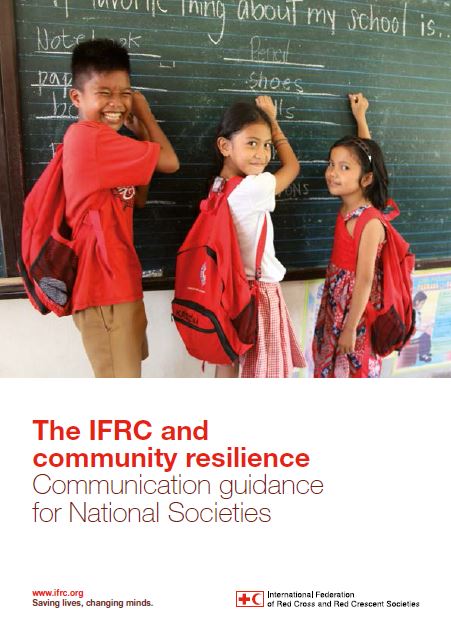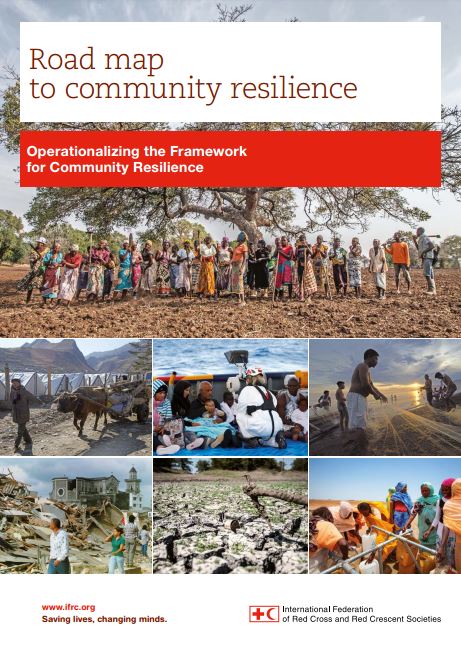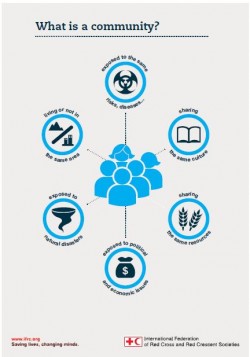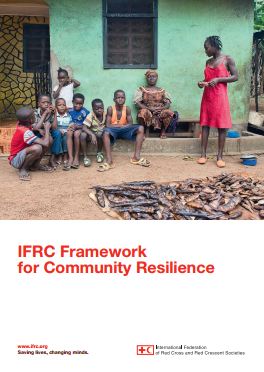Purpose and overview
The guidance explains the IFRC’s definition of and approach to building community resilience, sets out key messages, and suggests how to communicate the rationale for promoting community resilience to a broad audience. The document draws on the IFRC’s Framework for Community Resilience and the strategy behind the One Billion Coalition for Resilience.
Usage: The messages and evidence in this guidance should inform discussions, plans and decision-making in national disaster risk reduction or disaster management platforms, policy forums, community consultations, and project design.
See also:
- Road Map to Community Resilience: Operationalizing the Framework for Community Resilience and its summary which is the step-by-step guidance on how to operationalize the International Federation of Red Cross and Red Crescent Societies’ Framework for Community Resilience.
- Community resilience page
![]()





